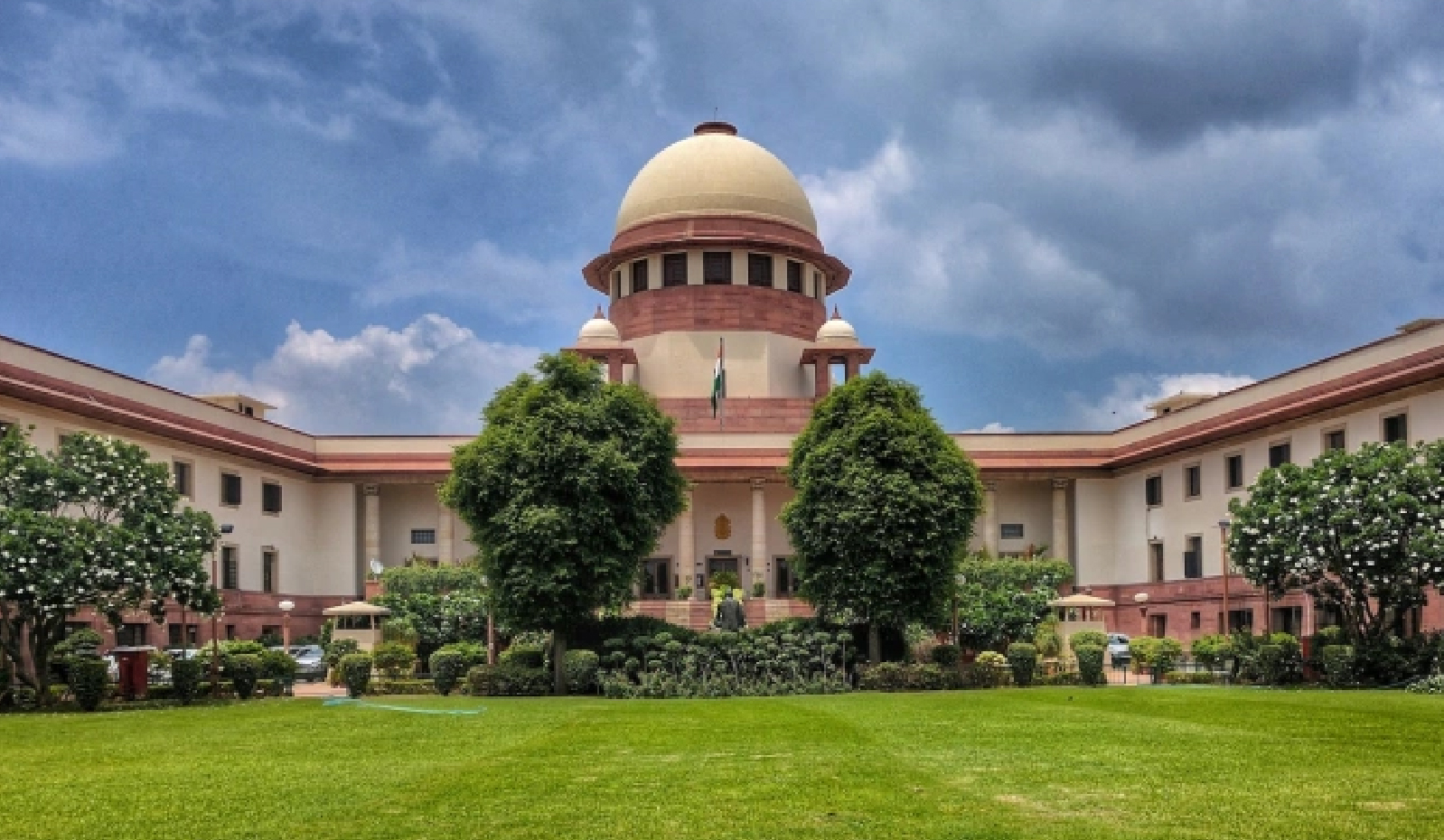The process of appointing a judge of the Supreme Court is governed by the Collegium system, which was established through a series of Supreme Court judgments.
About Collegium
- It is a system for making recommendations for appointment of judges of SC and HC.
- Judges are appointed by the President under Article 124 and 217 (respectively for SC and HC) of the Constitution.
- For appointment in SC: Collegium consists of CJI and four other senior-most judges of the SC.
- For appointment in HC: Collegium at SC consists of CJI and two seniormost Judges of the SC.
Evolution of the Collegium System in India
- Pre-1980s: Prior to the 1980s, judicial appointments were primarily under the control of the executive branch. The President appointed judges in consultation with the Chief Justice of India (CJI).
- First Judges Case (1981): The Supreme Court ruled that the 'consultation' with the CJI was not equivalent to 'concurrence'.
- Giving primacy to the executive in judicial appointments.
- Second Judges Case (1993): The court declared that 'consultation' meant 'concurrence,' which gave birth to the Collegium system. Initially, the Collegium consisted of the CJI and two of the senior-most judges.
- Third Judges Case (1998): The Supreme Court expanded the Collegium to include the CJI and the four senior-most judges.
- Fourth Judges Case (2015): The Supreme Court struck down the National Judicial Appointments Commission (NJAC) and the 99th Constitutional Amendment Act, deeming them unconstitutional. As a result, the Collegium system was restored.





